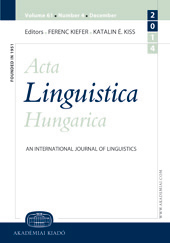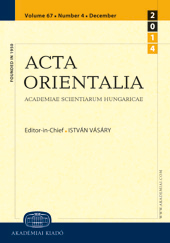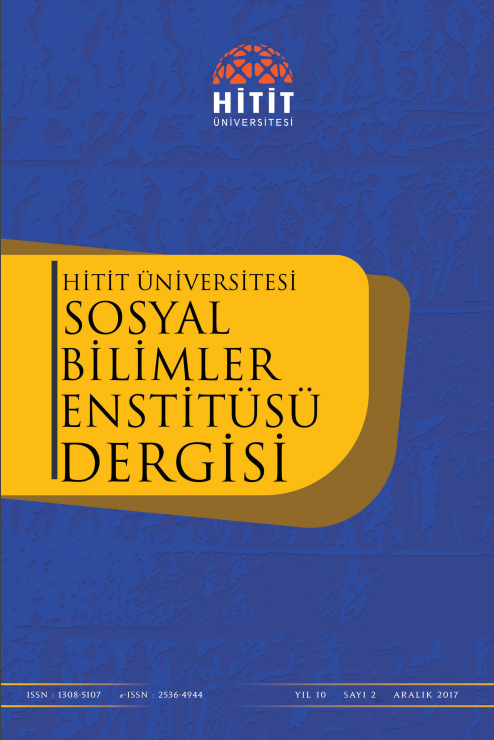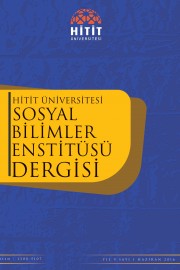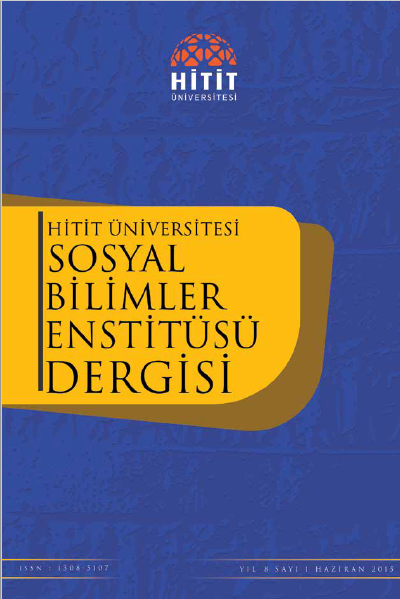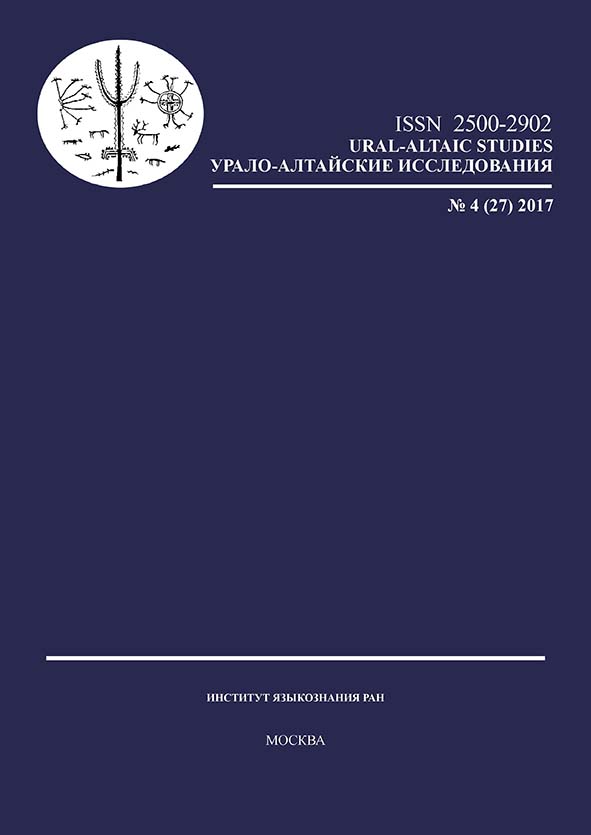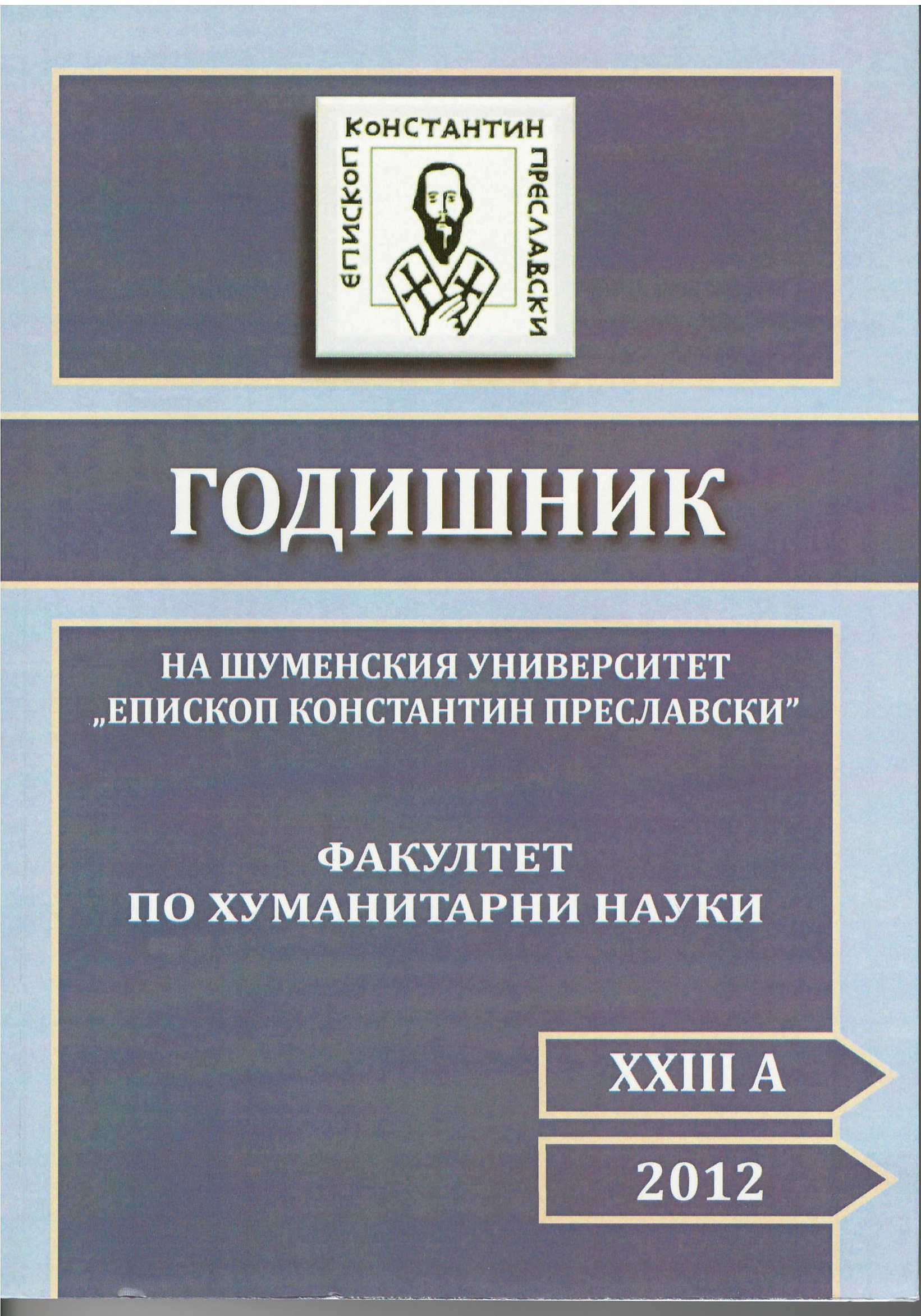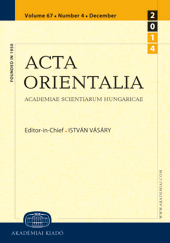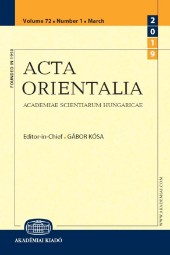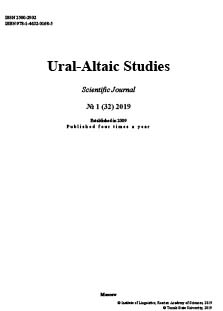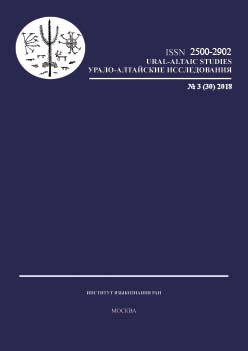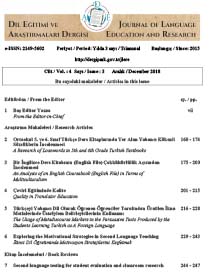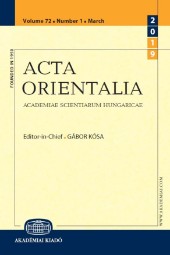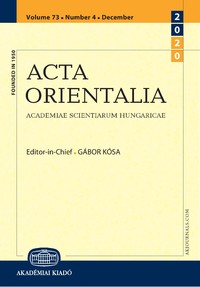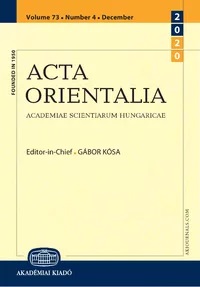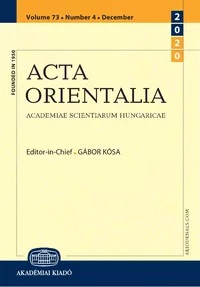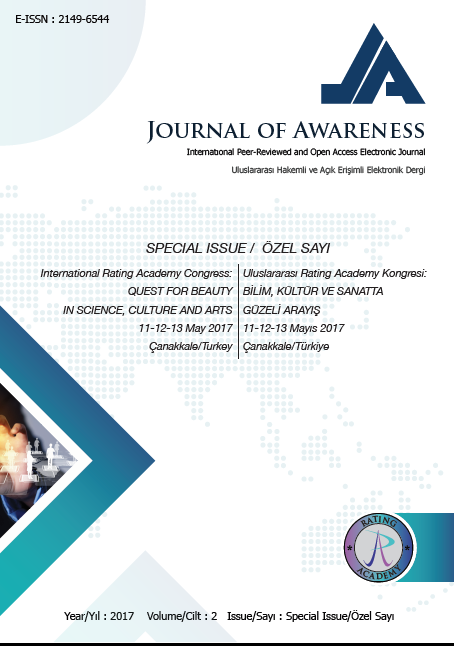
Kosova’da Türkçe eğitimin yapilmasi ve güzel Türkçenin sanati ve gelişimi
Sayın kongre başkanım, Doç.Dr. Mehmet Şahin hocamız ve eşi Doç. Dr. Özge Hanım ve sevgili misafirler. Rating Academy kongresinde konuşmacı olarak bulunmaktan memnuniyetimi arz ederim. Konuya başlamadan önce müsaadenizle kendimi tanıtayım: Adim Hevzi Mazrek. İlk ve orta okulumu doğduğum yerde, yani Mamuşa’da okudum. Lise eğitimimi Priştine Alauddin Medresesi’nden mezun olduktan sonar, Dokuz Eylül Üniversitesi Ilahiyat Fakültesini bitirdim. Üniversite eğitimim süresinde Izmir Valiliği Türk Dünyasi Hizmetleri Koordinatörlüğünde Balkan ülkeleri öğrenci temsilcisi olarak görev yaptım. Daha sonra ülkeme döndüm ve Mamuşa Atatürk Lisesinde müdürlük görevini yapmaktayım. Sayin hocalarım, konumuz itibariyle Kosova’da Türkçe eğitimin yapılması ve güzel Türkçenin sanatı ve gelişimi konusuna temas etmek istiyorum. Sayın misafirler, balkanlarda ve Kosova’da tek Türk belediyesi olan Mamuşa’da konuşulan dil Türkçe’dir. Ayrıca güzel Türkçemiz resmi dilimizdir. Mamuşa halkı %98 Türktür ve orada konuşulan dil Türkçedir. Ayrıca, okul eğitimi Türkçe olarak yapılmaktadır. Özellikle Mamuşa Atatürk Lisesi’nde %100 Türkçe eğitim verilmektedir. Mamuşa halkının tarihçesi Karadeniz kökenli olup, Tokat’ın Reşadiye ilçesinden olduğumuz bilinmektedir. Ve konuşulan Türkçe dilimiz, karadeniz şivesi olarak kullanılmaktadır. Değerli dinleyiciler, mamuşa halki 6000 nüfusu olan bir belediyedir ve kosovada türkçe eğitimini % 53 oranini oluşturmaktadir.
More...
